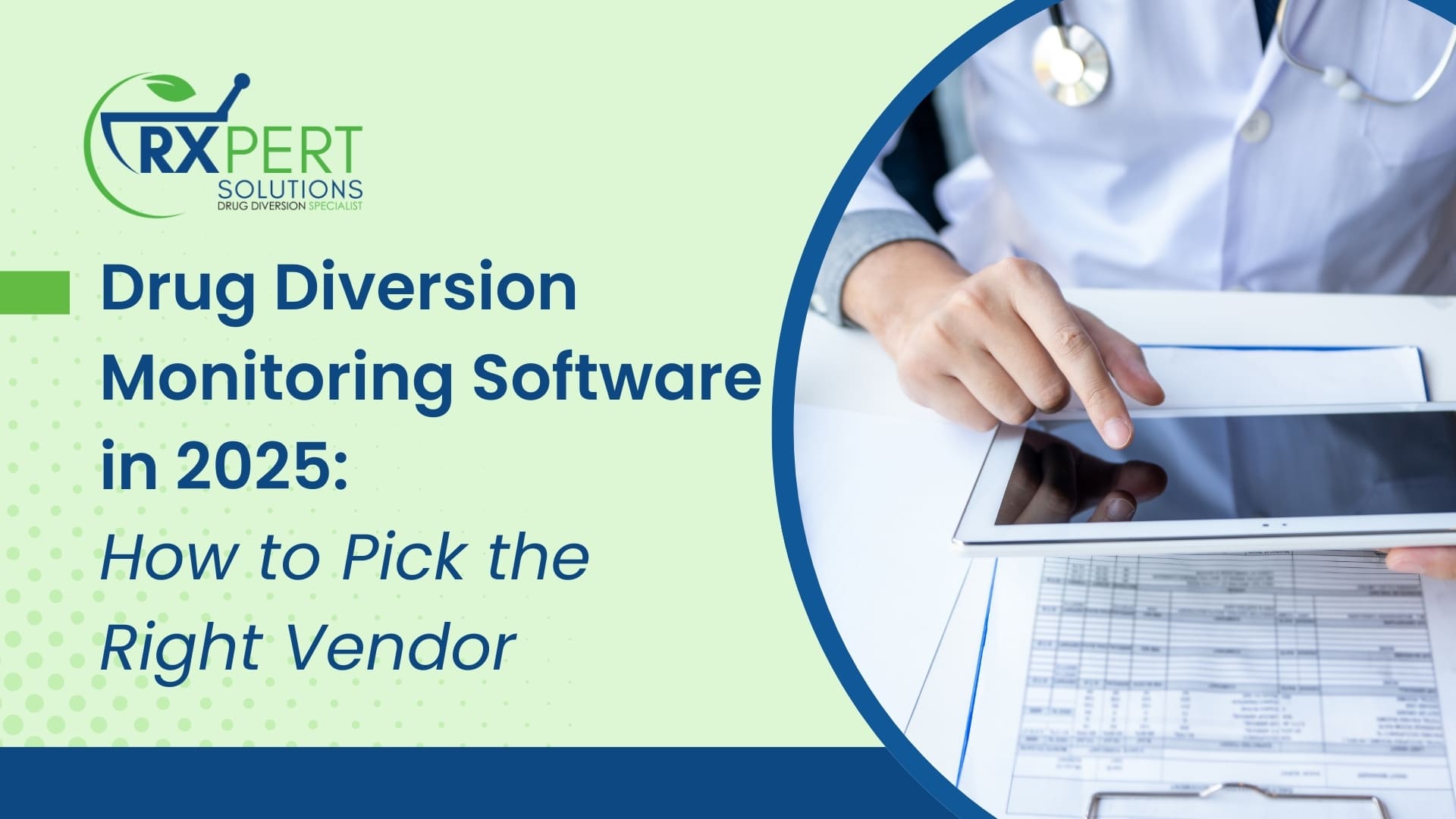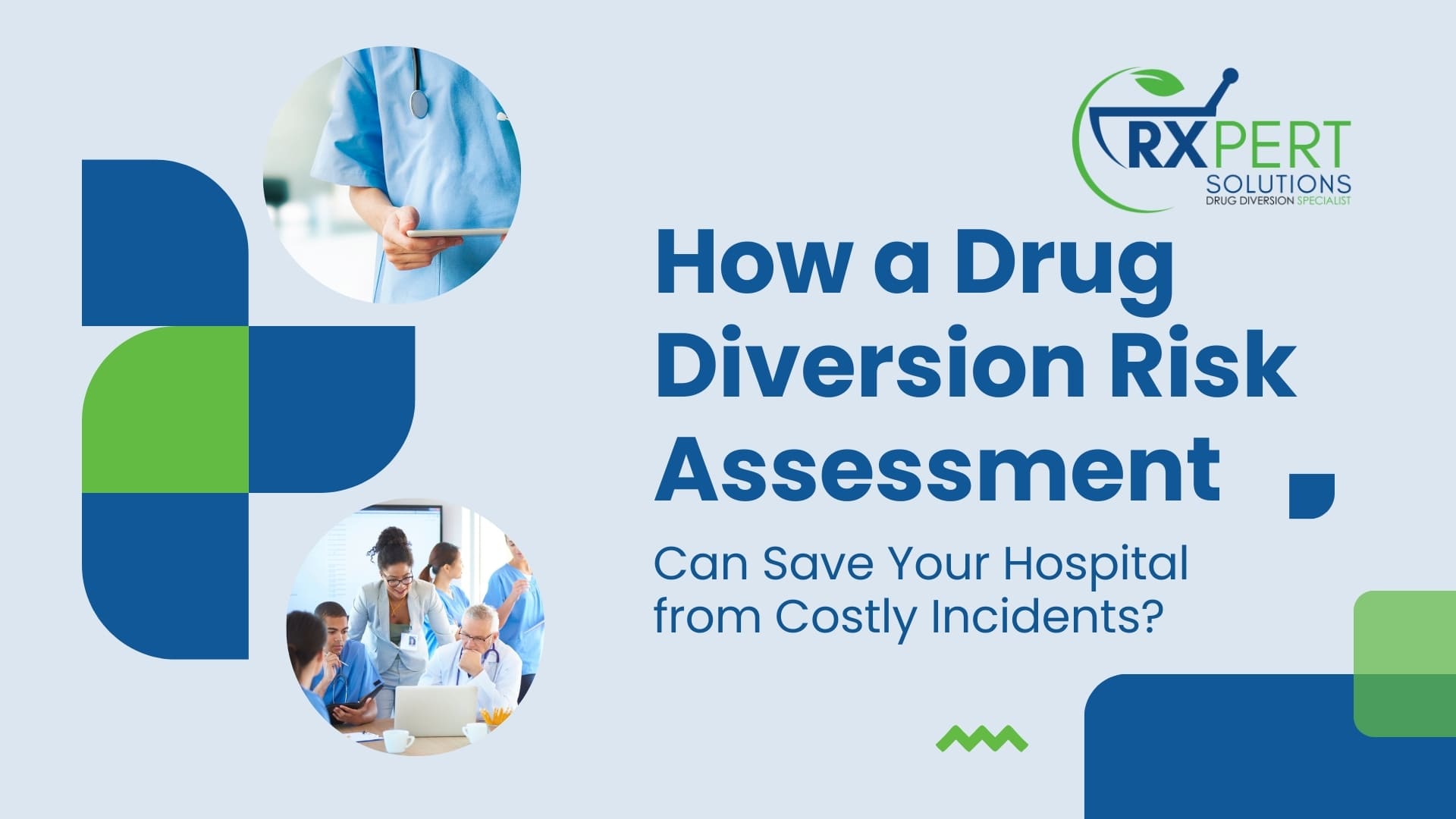In healthcare, where every penny counts, investing in a diversion mitigation and monitoring program might seem like a non-essential expense. Yet, neglecting this crucial program can have dire consequences, both financial and ethical. Let’s delve into the undeniable return on investment (ROI) a healthcare facility can reap by investing in a robust diversion program, and the ramifications of turning a blind eye.
The Cost of Ignoring the Problem:
Diversion, the illegal removal of controlled substances from healthcare settings, is a silent storm, eroding patient trust, threatening patient safety, jeopardizing staff safety, and dragging down a facility’s reputation. The financial toll is staggering:
- Legal costs: Fines, lawsuits, and potential criminal charges can drain resources and damage public image.
- Increased insurance premiums: Diversion incidents can trigger higher premiums, further straining the budget.
- Patient harm: Medication errors due to diversion can lead to costly medical interventions, lawsuits, and long-term patient care needs.
- Staff turnover: A culture of secrecy and lack of support can drive away valuable staff, leading to recruitment and training costs.
Investing in Prevention: A Sound Strategy
A well-designed diversion mitigation and monitoring program, while an initial investment, offers substantial long-term gains:
- Reduced risk of diversion: Implementing clear policies, access controls, and monitoring systems acts as a deterrent and helps identify potential issues early.
- Improved patient safety: By minimizing medication errors and ensuring proper care, diversion programs protect patients and enhance their trust in the facility.
- Enhanced staff well-being: Confidential support systems and intervention programs create a safe space for staff struggling with SUDs, fostering a healthier and more productive work environment.
- Cost savings: By preventing costly legal battles, insurance hikes, and patient harm, diversion programs deliver a significant financial return.
- Stronger reputation: A proactive approach to diversion demonstrates a commitment to ethical practices, boosting the facility’s reputation and attracting patients and talent.
Ramifications of Inaction: A Looming Shadow
Choosing not to invest in diversion mitigation is a gamble with high stakes:
- Neglecting patient safety: Putting patients at risk by ignoring potential diversion is a moral and legal liability.
- Creating a toxic environment: A culture of secrecy and inaction fosters fear, mistrust, and ultimately, staff departure.
- Erosion of public trust: News of diversion incidents can damage a facility’s reputation, leading to patient and community backlash.
- Financial instability: The financial fallout of legal battles and increased insurance costs can cripple the facility’s financial health.
The Bottom Line: Investing in Prevention Pays Off
Investing in a diversion mitigation and monitoring program is not just a cost, it’s an investment in the future. It’s a statement of commitment to patient safety, staff well-being, and ethical practices. By prioritizing prevention and ensuring a safe and supportive environment, healthcare facilities can reap significant financial and reputational rewards. Remember, the cost of inaction is far greater than the cost of prevention. Choose to invest in safety – it’s the soundest investment you can make for your patients, your staff, and your facility’s future.






